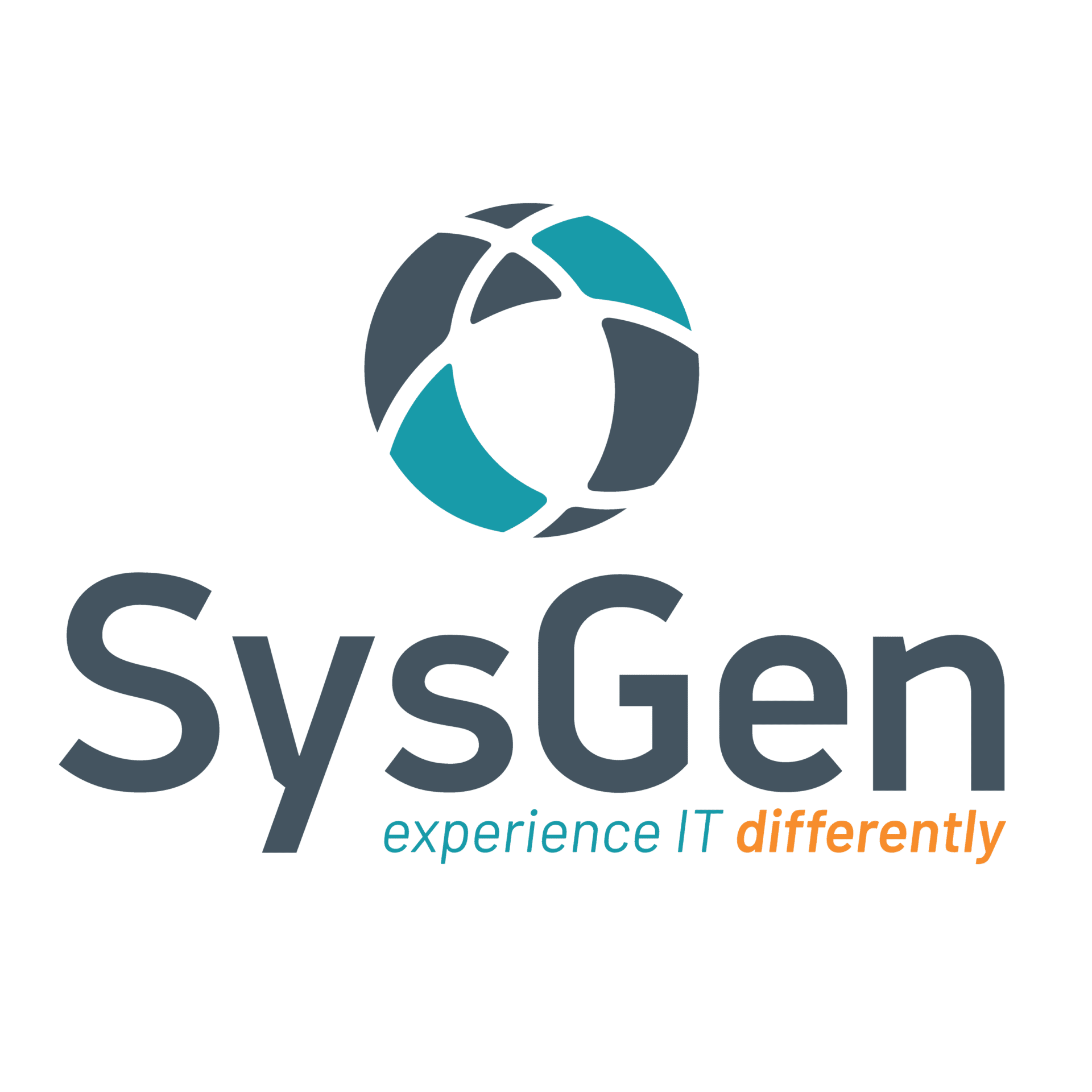As a business owner, you know the importance of maintaining and supporting the IT environment that functions as the backbone of your business. However, financial limitations and resource constraints may prevent you from having an effective in-house IT support staff. Selecting a managed service provider to absorb in-house IT services requires careful consideration of the cost and pricing model used by the provider. Read on the learn more about the costs of having Managed IT Services for your business.
Table of Contents
What are the Managed IT Services pricing models?
A Managed Services Provider (MSP) is the optimal solution for IT support when your business cannot sustain an in-house team. Your business can leverage the expertise, resources, and knowledge of IT professionals without the cost of hiring on-site teams. The goal of Managed IT Services is to keep your costs within a safe budget and ensure that your technology works for your business to further your goals. When selecting an MSP for your business, a critical factor is cost. It’s important to look at the managed services pricing models as this can affect the types of services you have access to and the budget constraints you may have. Pricing can be based on a per-device, per-user, à-la-carte, monitoring-only, tiered, or all-you-can-eat model. Each of these options impacts how the MSP and your business will interact and what levels of access to services you receive.
| Type | Price |
| Per-Device | $51.00 – $100.00 per device, per month |
| Per-User | $101.00 and $300.00 per user, per month |
Per-Device Model
The per-device pricing model is based on managing a single-user device, such as a laptop or desktop computer. This model has a flat monthly IT support contract pricing or annual fixed fee for managing the device. Equipment can include servers, computers, and mobiles like phones or tablets. The price can vary based on the device’s complexity and level of service.
Per-User Model
The per-user model has the business pay per the number of employees or users rather than per device. This is particularly beneficial when a single employee has multiple pieces of equipment, such as a desktop in the office, a laptop for hybrid work, and a mobile device like a phone.
À-La-Carte Model
The à -la-carte model allows you to pick and choose what is necessary for your business needs. Each service is assigned a fixed fee, monthly or yearly, and you can add services as required. The benefit of this model is flexibility. You can customize the service offered to your business needs, however, prices can quickly rack up as more services are added.
Monitoring Only
The monitoring-only model is a basic offering, where your servers or network monitor 24/7 for any signs of threats. This is an adequate solution for businesses with extreme cost constraints or businesses with in-house IT support. However, this option has a significant risk, as when threats or issues occur, the cost to fix them may be an additional burden and create unpredictable changes in your IT budget.
Tiered
As its name suggests, the tiered model has a hierarchy of packages offered to businesses. As the tiers increase, more services and support are offered to the company and its users. The benefit of the tiered pricing model is that it allows small businesses to start with a managed services provider and work their way up through the tier as the company grows and requires more IT support.
All-You-Can-Eat
The all-you-can-eat model, like the per-device and per-user model, uses a monthly IT support contract pricing or annual flat fee where your business is entitled to the full breadth of services the managed service provider has available. This typically includes 24/7 support, on-site support, security services, and device and user management. The benefit of this model is that the cost is stable and gives you the certainty that your managed services agreement will cover any issues, whether predictable or otherwise.
What Factors Affect the Price of Managed IT Services
Many factors affect the price of managed IT services. Access to remote support services through a help desk, dedicated technicians, network monitoring, backup and data recovery, cybersecurity, and management of hardware and software are all factors, that depending on the degree of service and the expertise of the team, impact the managed services cost.
24/7 Help Desk
Help desks are a common feature for many managed service companies. This kind of support creates round-the-clock offerings through remote service, and often they can help with issues related to software. A help desk support system uses a ticketing system to track topics. However, the queue can be lengthy because multiple businesses may be in line with you.
Dedicated Technicians with On-Site Support
Dedicated technicians are a support service that becomes integrated into your business. They understand the importance of IT to your company and how it impacts your bottom line. In this way, having dedicated technicians creates a more personal and specialized support experience, as compared to a help desk. Further, because technicians immerse themselves in your business, they join your business on-site, so you can have a familiar face to help you with your IT needs.
System Backups
System backups are critical to ensuring business continuity. This support service sees an infrastructure expert assessing and optimizing your backup strategy and executing it with strong policy and producers to ensure your data assists are protected.
Data and Disaster Recovery
Data and disaster recovery is an incredibly important service. Businesses that rely on data for their daily functioning must have a strong disaster recovery plan and be able to recover lost data. This service reduces downtime dramatically and ensures that your business can be back up and running in the event of data loss, a cyber attack, or a ransomware attack.
Cybersecurity
Today, cybersecurity is essential for all businesses. Regardless of size or scope, companies need to protect themselves from cyber threats.
With added cybersecurity, businesses can have peace of mind knowing that their MSP monitors and manages hardware and software, ensuring it runs optimally. Additionally, an MSP is responsible for monitoring the network, looking, anticipating, and protecting against security breaches, and addressing immediate threats.
Software and Hardware
As mentioned, an MSP will manage your business’s software, including updating and managing software licensing. The MSP will also focus on hardware like workstations, servers, computers, and networked devices, ensuring that your equipment creates a seamless and cohesive work experience for users.
Monitoring and Reporting
An additional service that can be added to your managed services is monitoring the overall health of your IT environment. This included managing the health of workstations, servers, and computers, proactively tracking, and resolving network issues, and installing and optimizing software for your business.
What Else Should Be Considered?
In addition to considering the pricing models and services available, you also need to consider the state of your internal IT staff, the use of mobile devices in your business, and the scope of your staff’s technological needs.
Do You Have Internal IT Staff?
If your business has an internal IT staff, then you can still leverage the support of an MSP to alleviate the workload of your in-house team. We previously looked at the different pricing models of managed services providers.
If you have some internal support but are looking to protect your business better, you could move forward with a monitoring-only model to help redirect the workload from your entire team.
However, even with an internal IT department, it can still be incredibly beneficial to your business to employ a higher support option, such as the tiered or a-la-carte model, to help strengthen your IT and fill in the gaps where an internal team lacks expertise or resources.
Do You Need Mobile Device Management?
Mobile device management is necessary for businesses with increased hybridity and flexibility regarding their working conditions. These devices, such as cell phones, tablets, and laptops, are becoming tools that employees rely upon. The nature of remote work creates new cybersecurity issues, and for this resource, mobile device management is essential for businesses.
This resource can ensure workplace security and create a seamless and consistent experience from the office, to the home, and on the go.
These devices need to be managed as they may create a gap in the cybersecurity of your organization. For example, phones that can access pertinent data need to have strong multi-factor authentication security.
These devices need to be managed such that in the event they are lost or stolen, data can be wiped remotely and is backed up in a secure environment.
What Is the Average Managed IT Services Cost?
With all that has been said, you might be curious how much managed IT services cost. The pricing is dependent on many factors and service offerings; for this reason, there isn’t a single price point that can be offered.
Managed services cost varies by IT service providers, cost model, level of service, and quality. Rough estimates of prices can be made but these are not actual prices but ranges that can help you budget for your business in seeking a managed services provider.
According to Kaseya’s survey on MSP Pricing, 32% of MSPs who operate on a per-device model charge customers between $51-$100 per device per month for ongoing maintenance and support.
In contrast, 38% of MSPs charge their customers between $101 and $300 per device, per month. These ranges are based on a study by Kaseya; however, this does not necessarily reflect the total price of managed services. Many factors impact the overall cost. For example, the service costs can increase by adding layered security, software and hardware management, and digital optimization to the service offering. Business owners can expect to pay anywhere from $100-$500 per month per user to cover the managed service provider costs. In addition to the monthly costs, business owners need to consider the additional investment of having an MSP, namely the potential for onboarding fees or required contract lengths.
Is Managed IT Worth the Price?
Choosing to pursue an MSP to manage your IT infrastructure can seem daunting. While having an internal IT department can feel like there is more control over your technology management, this choice limits your expertise and ability to monitor your IT system continuously.
We know that cost is a significant factor in pursuing an MSP. As a small business, scalability and pricing structure are vital considerations to ensure that the MSP can support your business as it grows.
Many factors can influence this decision when considering whether to use a managed service provider. In leveraging the expertise of an MSP as a small and medium-sized business owner, you can ensure your technology needs are considered and that achieving your business goals is at the forefront of your technology relationship.
MSPs have high levels of service quality expertise and are accountable to your business, and work to support your organizational goals actively.
How to Avoid Overpaying for Managed IT Services?
With all the options available, overpaying can make business owners wary of using managed service providers. The most effective way to avoid overpaying for managed services is to use one that operates on a flat fee service level agreement (SLA). An SLA incentive for the MSP to get things done right the first time, and tends to result in quick and effective resolution for business. SLA creates accountability and responsibility for the MSP, creating minimum response times to issues while containing the cost so you can budget long-term for the services. At SysGen, our Managed IT Services uses a combination of per-device, per-user, and per-server pricing models with an SLA flat fee to ensure accountability in our services and protect our clients’ budgetary constraints.
Chat with us about SysGen's Managed Services Offering!



